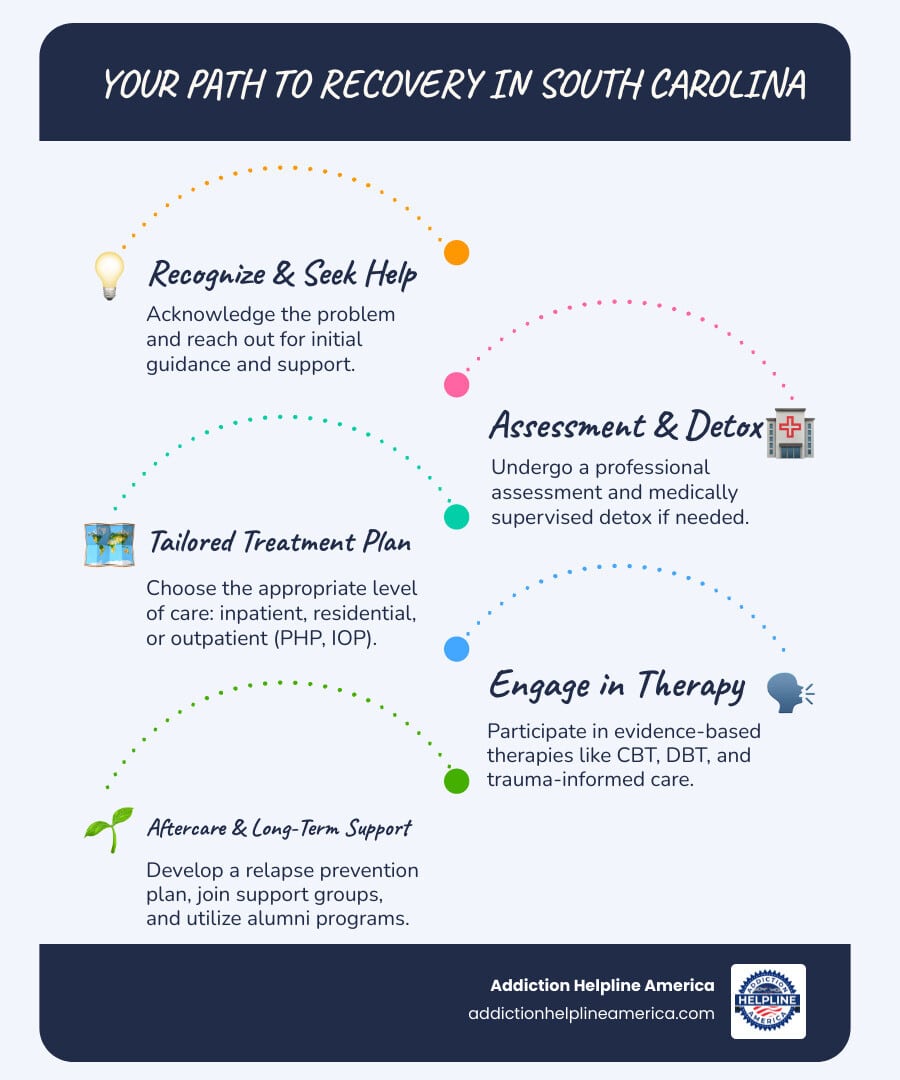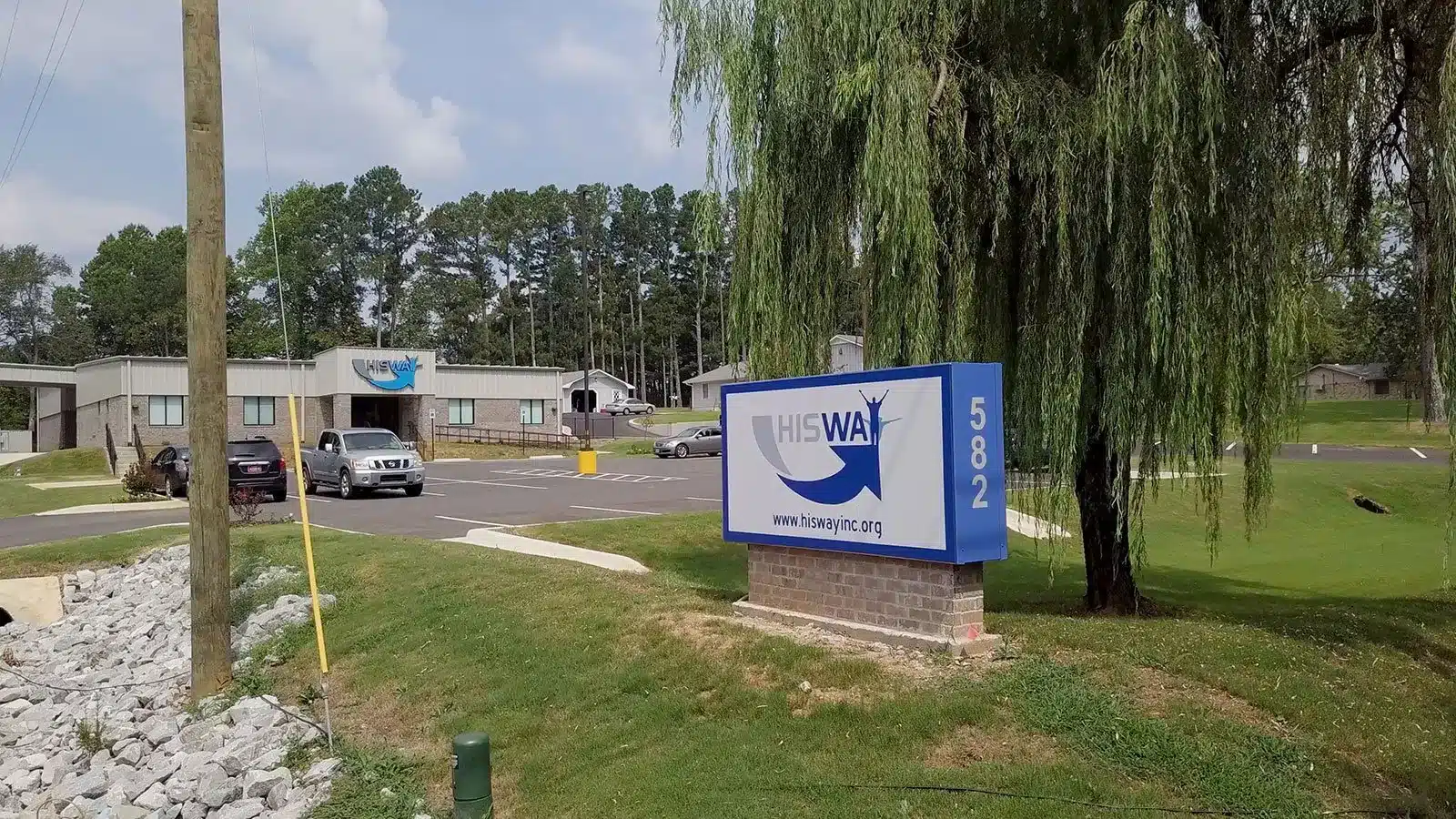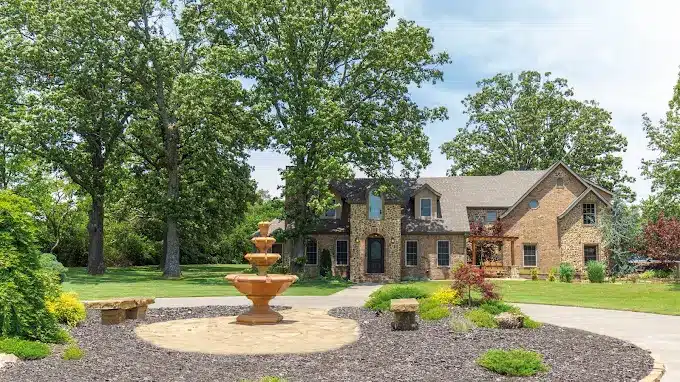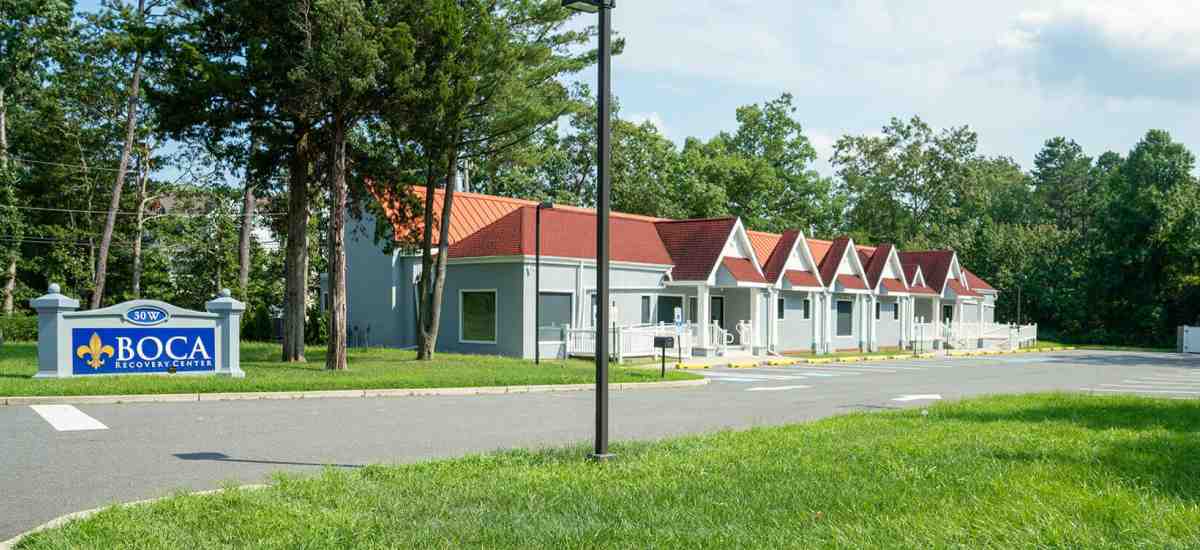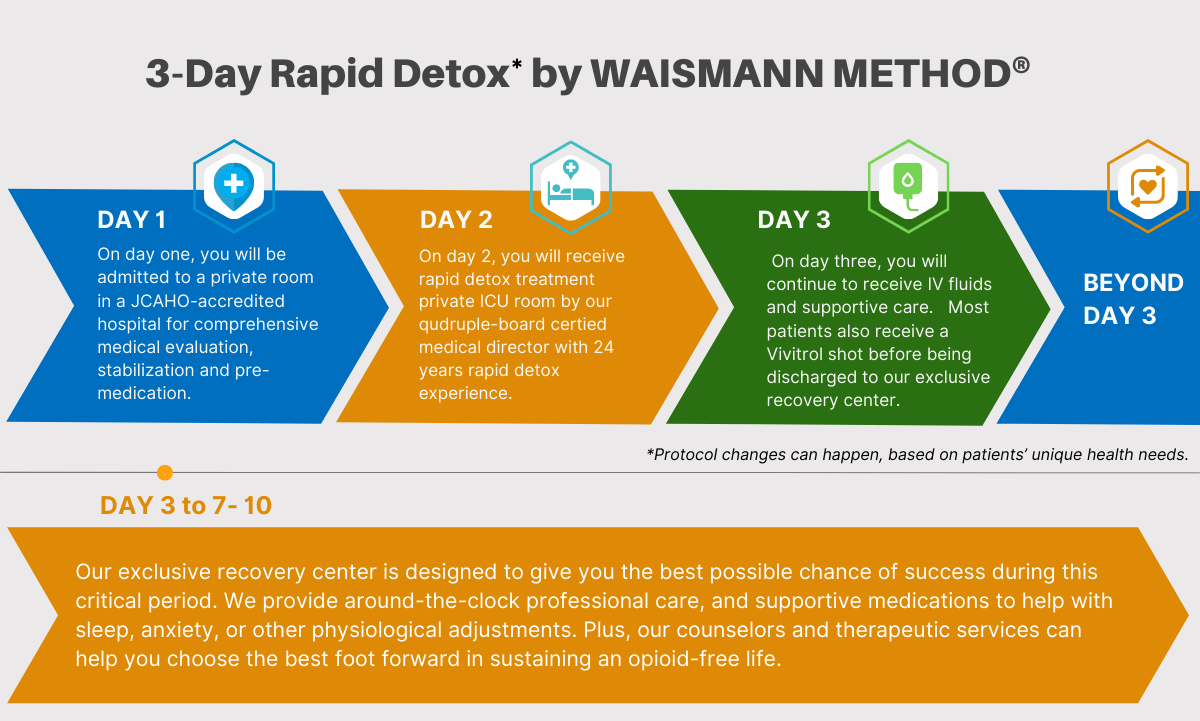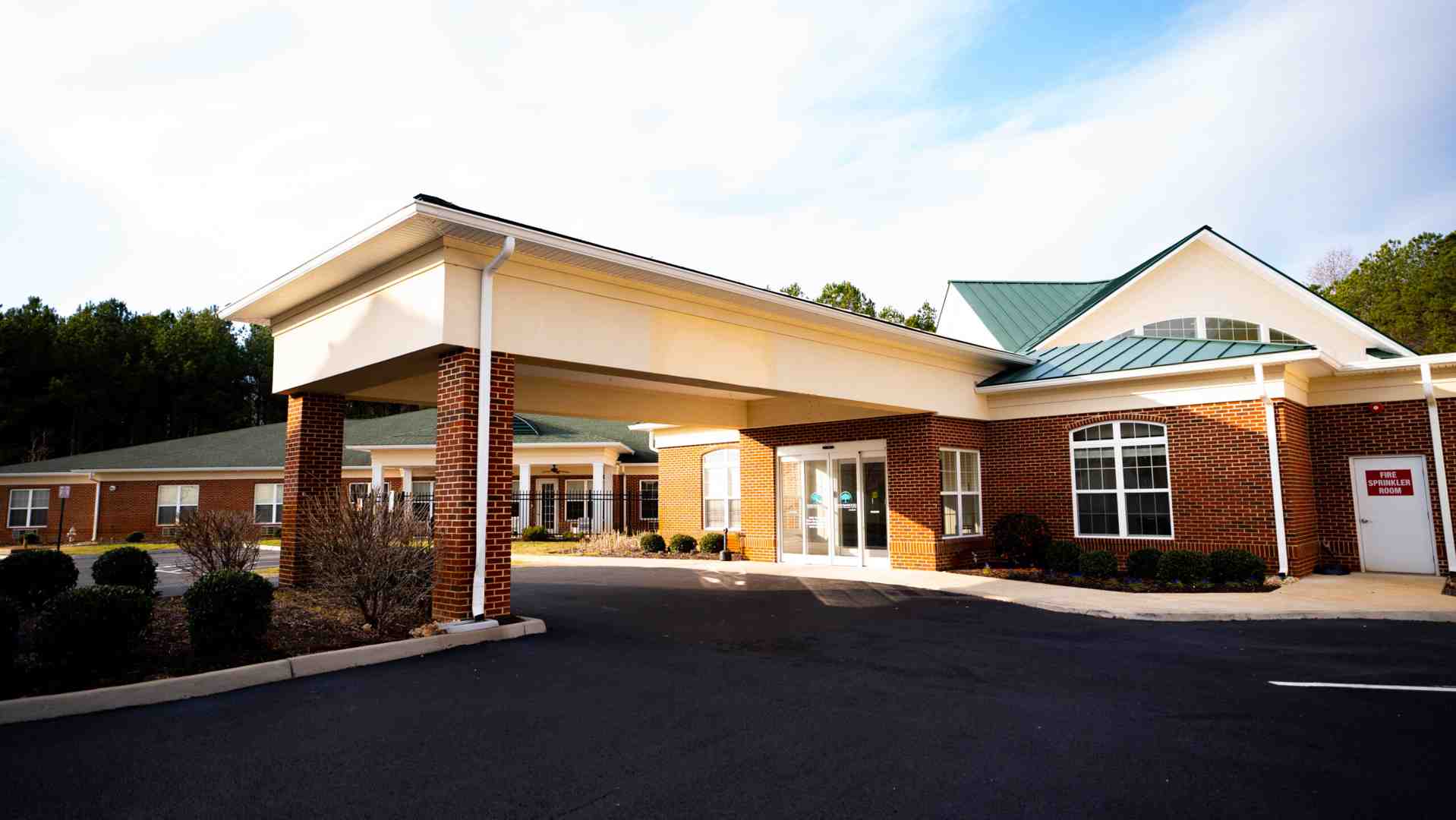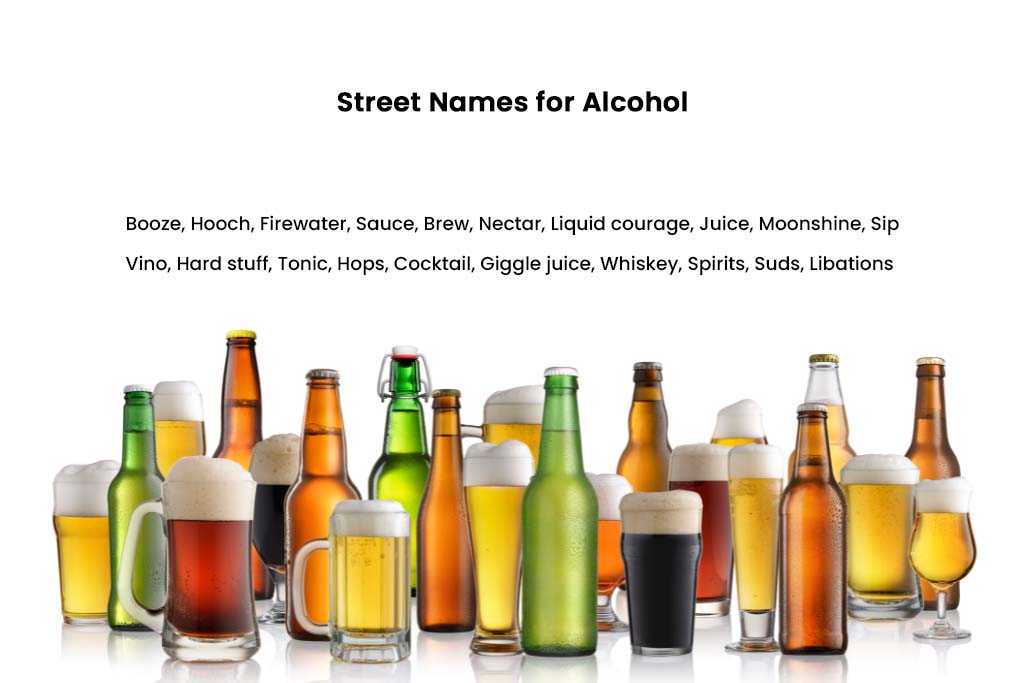
Understanding Alcohol Slang: Why It Matters
60 Common Alcohol Street Names, Definitions and Histories are terms used to refer to alcoholic beverages, often originating from historical events, production methods, or cultural contexts. Young people may use these slang terms to disguise drinking from parents, while many terms have deep roots in American history, particularly the Prohibition era.
Quick Reference: Common Alcohol Street Names
| Category | Examples |
|---|---|
| General Terms | Booze, Sauce, Hooch, Juice, Tipple |
| Prohibition Era | Moonshine, White Lightning, Bathtub Gin, Firewater |
| Beer | Brew, Suds, Cold One, Wobbly Pop |
| Wine | Vino, Bubbly, Plonk |
| Spirits | Hard Stuff, Liquid Courage, Giggle Juice |
| Quality-Based | Rotgut, Nectar of the Gods |
| Historical | Grog, John Barleycorn, Bourbon, Scotch |
Understanding these terms is crucial. In 2022, 34.2% of individuals aged 12 to 20 reported having consumed alcohol at least once. When young people use coded language, it can mask serious issues, as alcohol abuse contributes to over 178,000 deaths in the United States each year.
Many street names have fascinating origins. Moonshine was named for illegal distilling done at night. Bathtub Gin emerged during Prohibition when people made gin at home. Grog dates back to the British Navy, where sailors received diluted rum rations.
At Addiction Helpline America, we’ve helped thousands of families steer the complexities of substance abuse, including understanding the language that can signal potential problems. Our 24/7 helpline connects individuals with vital resources and the support needed for recovery.

Why Parents and Educators Should Know Alcohol Slang
When a teenager mentions “getting some sauce,” would you know what they mean? Understanding the 60 Common Alcohol Street Names, Definitions and Histories is about protecting the young people in your life. The Prevalence of Underage Alcohol Use data shows that in 2022, 34.2% of 12 to 20-year-olds reported having consumed alcohol. That’s more than one in three young people.
Teens often use coded language—booze, hooch, liquid courage—to hide risky behavior. Recognizing these terms helps you spot warning signs of underage drinking or an emerging Alcohol Use Disorder (AUD). The goal isn’t to spy, but to equip yourself to have meaningful, potentially life-saving conversations.
The Dangers of Slang and How to Start a Conversation
Playful terms like giggle juice can normalize risky behavior, making binge drinking seem like a harmless activity. This slang is also part of peer culture; using terms like moonshine or the hard stuff can be a way of belonging to a group where drinking is the norm. The primary danger is that this coded language creates a barrier, allowing harmful patterns to continue unchecked while adults remain unaware.
Using this knowledge to start a conversation requires a thoughtful approach. This isn’t about catching someone in a lie; it’s about opening a door to honest dialogue.
- Find the Right Time: Wait for a calm, private moment. A car ride or quiet evening works better than a heated confrontation.
- Be Curious, Not Accusatory: Try a non-confrontational opener like, “I heard the word ‘hooch’ and I’m not familiar with it. Can you tell me what it means?” This invites conversation rather than defense.
- Ask Open-Ended Questions: Instead of “Are you drinking?” ask, “What do you and your friends call different types of alcohol?” This encourages a real discussion.
- Focus on Safety: Frame the conversation around health. Remind them that alcohol contributes to over 178,000 deaths in the U.S. each year, and you’re concerned for their well-being. Offer support and establish clear family rules and consequences.
For more practical guidance, review these Conversation starters for alcohol use from health experts.
Call Now – Your Journey to Recovery Begins Today!

Take the first step towards a healthier life! Call now to connect with our compassionate team and start your recovery journey today. Your path to healing awaits!
Our recovery specialists are available 24/7 to provide support, and all calls are confidential and free. Reach out anytime – we’re here to help!
At Addiction Helpline America, we know these conversations are difficult. Our 24/7 helpline connects you with resources, treatment options, and compassionate support. You don’t have to figure this out alone.
The Big List: 60 Common Alcohol Street Names, Definitions and Histories
Every slang term for alcohol carries a story. Understanding these 60 Common Alcohol Street Names, Definitions and Histories gives us insight into drinking culture and helps us identify potential substance misuse. Let’s explore the origins and meanings behind the most common alcohol slang.
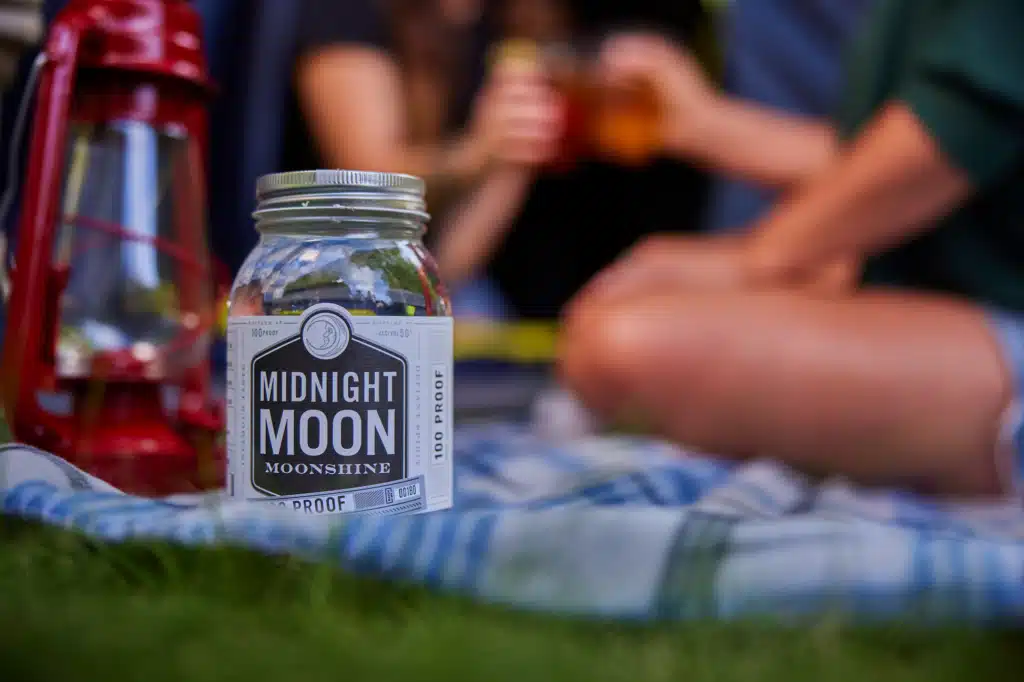
General Slang for Any Alcoholic Drink
These versatile words have become part of everyday conversation for any type of alcohol.
- Booze: A popular term, possibly from the Dutch “bouse” (to drink heavily) or a 19th-century distiller named E.C. Booz.
- Sauce: Often refers to hard liquor or drinking in large amounts.
- Tipple: Describes drinking alcohol habitually, often in small sips.
- Libations: A formal or humorous term for a drink; historically an offering to a god.
- Social Lubricant: Captures alcohol’s effect of reducing social inhibitions.
- Juice: Implies potency or sometimes an illicit origin.
- Spirits: From the historical belief that distillation captured the “spirit” of a liquid.
- Grog: From the British Navy’s practice of serving diluted rum to sailors.
- Hooch: From the Hoochinoo tribe in Alaska, known for their potent homebrew; became widespread during Prohibition.
- Rotgut: Describes poor-quality, harsh, or dangerous alcohol.
- Firewater: A historical term for potent liquor, especially in trade between settlers and Native Americans.
- Liquid Courage: Alcohol consumed to gain bravery.
- Nectar of the Gods: A humorous, grand term for a delicious drink.
- Giggle Juice: Refers to alcohol’s tendency to cause laughter.
- Hard Stuff: A common term for distilled spirits like whiskey or vodka.
Slang from the Prohibition Era
The 18th Amendment (1920-1933) forced drinking culture underground, creating an explosion of new slang.
- Moonshine: Illegally distilled, high-proof liquor, named for being made by moonlight to avoid detection.
- White Lightning: A potent, clear, unaged form of moonshine.
- Bathtub Gin: Gin made at home, often mixed in large containers like bathtubs.
- Bootleg: Any illegally made or sold alcohol, from the practice of hiding flasks in bootlegs.
- Speakeasy: An illicit bar where patrons had to “speak easy” (quietly) to avoid attention.
- John Barleycorn: A personification of barley, the grain in beer and whiskey, used as a code word for alcohol.
- Blind Pig/Tiger: Establishments that sold illegal alcohol under a false front.
A Comprehensive List of 60 Common Alcohol Street Names, Definitions and Histories
Different types of alcohol have their own unique vocabulary.
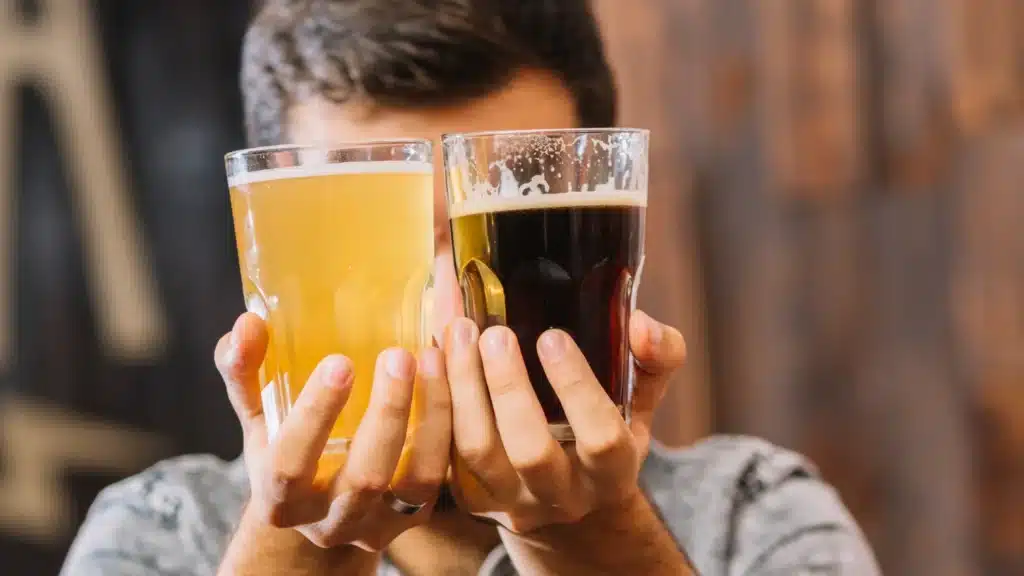
Beer Slang:
- Brew/Brewski: References the brewing process.
- Suds: Refers to the foamy head on beer.
- Cold One: A simple term for a chilled beer.
- Pint: A standard pub measure.
- Lager/Ale: Technical types often used informally for light and dark beers.
- Tallboy: A 16-ounce or larger can.
- Wobbly Pop: A playful Canadian term for beer.
Wine Slang:
- Vino: The Italian word for wine, widely adopted in English.
- Bubbly: Specifically for sparkling wine or champagne.
- Plonk: A derogatory term for cheap, poor-quality wine.
- Grape: Emphasizes wine’s primary ingredient.
- Red/White/Rosé: Common terms describing wine by its color.
Spirits Slang:
- Shine: Short for moonshine or other clear, potent spirits.
- Everclear: A brand name for high-proof grain alcohol, now used generically.
- Shots: Small servings drunk quickly.
- Top/Bottom Shelf: Indicates quality and price in a bar (premium vs. basic).
- Well Drink: A drink made with a bar’s standard house liquor.
- Highball: A spirit mixed with a larger amount of a non-alcoholic mixer.
- Toddy: A hot alcoholic drink, typically with spirits, water, sugar, and spices.
Call Now – Your Journey to Recovery Begins Today!

Take the first step towards a healthier life! Call now to connect with our compassionate team and start your recovery journey today. Your path to healing awaits!
Our recovery specialists are available 24/7 to provide support, and all calls are confidential and free. Reach out anytime – we’re here to help!
The Historical Evolution of Alcohol Slang
The words we use for alcohol are products of centuries of cultural change, legal battles, and human creativity. The 60 Common Alcohol Street Names, Definitions and Histories didn’t appear from thin air; each has a unique backstory reflecting how society has viewed alcohol over time.
The Lasting Impact of Prohibition and Other Historical Forces
No period shaped American alcohol slang more than Prohibition (1920-1933). When the 18th Amendment made alcohol illegal, an entire industry went underground, creating a new vocabulary born of secrecy. Moonshine was named for distillers working by moonlight to avoid federal agents. Bathtub gin referred to homemade spirits, and bootleggers got their name from hiding flasks in their boots. People gathered in speakeasies—secret bars where they had to “speak easy” to avoid detection. The poor quality of some illicit liquor gave us terms like rotgut. While some research, like this study on Did Prohibition Really Work?, debates its success, the era’s linguistic legacy is undeniable.
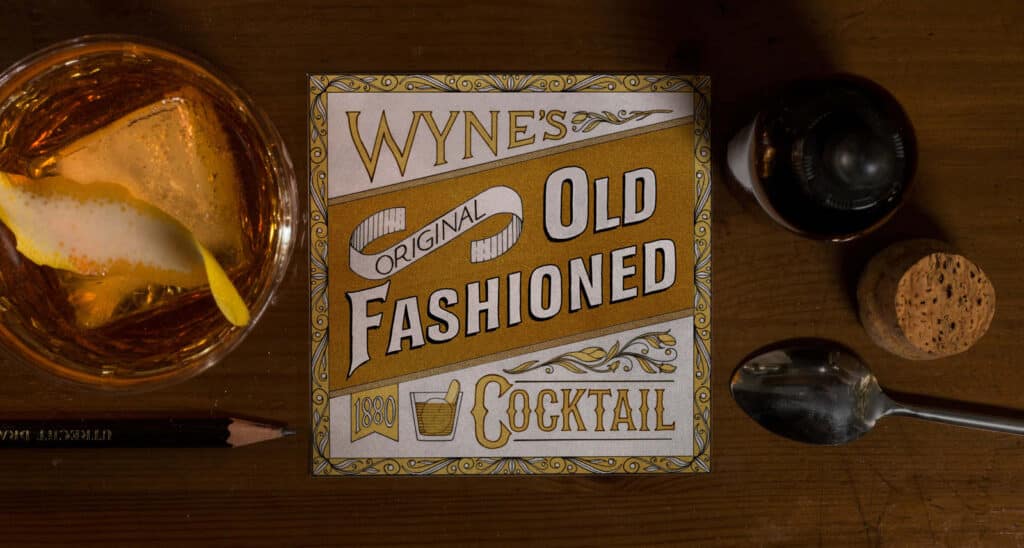
Other historical contexts also created enduring slang. Naval tradition gave us grog, from the watered-down rum rations given to British sailors. On the American frontier, the term firewater emerged to describe potent distilled spirits. Geography played a role, too; Bourbon is named for Bourbon County, Kentucky, and Scotch for whiskey from Scotland. Sometimes, a popular brand name like Everclear becomes a generic term for any similar high-proof spirit.
Unlike slang for illegal drugs, which is often created to evade law enforcement, most alcohol slang serves a different purpose. Since alcohol is legal for adults, these terms are more about building camaraderie, describing effects (liquid courage, giggle juice), or signaling quality (nectar of the gods vs. rotgut). Pop culture, marketing, and social media continue to introduce new terms, ensuring that the language of alcohol is always evolving.
Frequently Asked Questions About Alcohol Slang
What are the most common slang terms for being drunk?
Beyond names for drinks, there is a rich vocabulary for intoxication. Understanding these terms can help parents and educators recognize when casual language might be minimizing risky behavior.
- Severe Intoxication: Common terms include wasted, plastered, smashed, hammered, blasted, and sloshed, all suggesting a loss of control.
- Modern/Informal: Lit is a popular modern term for being drunk or high, though its use can be broader.
- Milder Intoxication: Buzzed or tipsy indicate feeling the effects of alcohol without severe impairment.
- Older Expressions: Three sheets to the wind is a classic nautical term for being very drunk and unsteady.
How can I talk to my teen if I hear them using these terms?
Hearing your teen use alcohol slang is an opportunity for connection. At Addiction Helpline America, we advise a calm, curious approach rather than an immediate confrontation.
Choose a private moment and start a dialogue. You might say, “I heard you mention ‘getting hammered’ and wanted to understand what’s going on.” Focus the conversation on health and safety, not punishment. Ask open-ended questions about peer pressure and their experiences. If drinking is confirmed, work together to set clear rules and consequences. For more tips, refer to these conversation starters for alcohol use.
Are some alcohol street names considered derogatory?
Yes, and understanding the negative connotations is important. Terms that imply poor quality, like rotgut, plonk, and swill, are inherently derogatory. They can show disrespect for the beverage or the person drinking it.
Some terms carry historical baggage. Firewater, for example, is tied to painful stereotypes about Native American populations and the introduction of alcohol by European settlers. While its history is part of the 60 Common Alcohol Street Names, Definitions and Histories, using it casually can be offensive. Choosing respectful language helps reduce the stigma that often prevents people from seeking help for alcohol misuse.
Recognizing the Signs of Alcohol Misuse and Finding Help
Understanding the 60 Common Alcohol Street Names, Definitions and Histories is the first step; turning that knowledge into action is what matters most. Recognizing when casual language masks a serious problem can be life-saving. Alcohol abuse contributes to over 178,000 annual deaths in the U.S., and untreated Alcohol Use Disorder (AUD) can lead to severe health problems, broken relationships, and lost potential.
Know the warning signs of alcohol abuse:
- Behavioral Changes: Increased secrecy or lying about drinking, declining performance at school or work, shifting friend groups, and defensiveness when confronted.
- Physical Symptoms: Frequent hangovers, slurred speech, impaired coordination, memory blackouts, and a decline in personal hygiene.
- Emotional Indicators: Unexplained mood swings, depression or anxiety, loss of interest in hobbies, and social isolation.
If you see these signs in yourself or a loved one, please know that you don’t have to face this alone.
Call Now – Your Journey to Recovery Begins Today!

Take the first step towards a healthier life! Call now to connect with our compassionate team and start your recovery journey today. Your path to healing awaits!
Our recovery specialists are available 24/7 to provide support, and all calls are confidential and free. Reach out anytime – we’re here to help!
Addiction Helpline America exists for these moments. We provide free, confidential support to individuals and families across all fifty states. Our team listens to your unique situation and connects you with treatment centers from our extensive network that match your needs, whether it’s inpatient care, outpatient counseling, or family therapy.
Our mission is to help you find a recovery program customized to your circumstances, addressing not just the alcohol use but its underlying causes. We’ve helped thousands of families, and we’re ready to help you too.
If you’re concerned about yourself or someone else, that concern is the first step toward change. Don’t let fear keep you from reaching out. Explore guides and information on addiction treatment to learn more, or contact us directly. Our helpline is available 24/7, ready to guide you toward a healthier life.
Our helpline is 100%
free & confidential
If you or someone you care about is struggling with drug or alcohol addiction, we can help you explore your recovery options. Don’t face this challenge alone—seek support from us.
Programs
Resources
Will my insurance
cover addiction
treatment?
We're ready to help
Find the best
drug or alcohol treatment
center
Are you or a loved one struggling with addiction? Call today to speak to a treatment expert.




